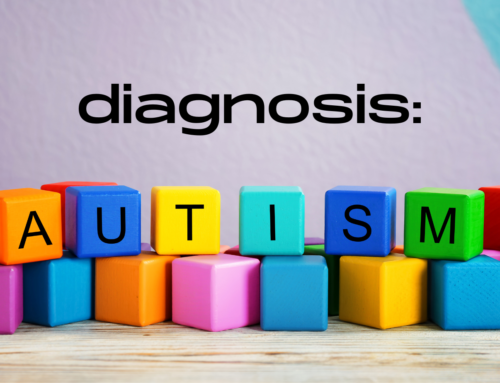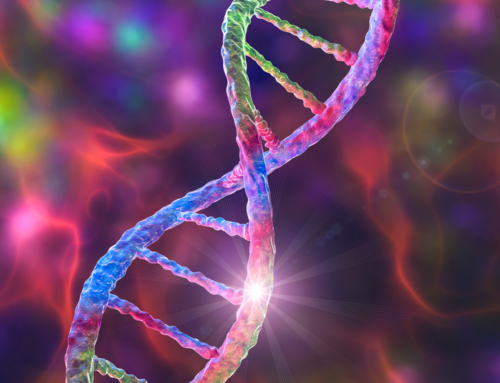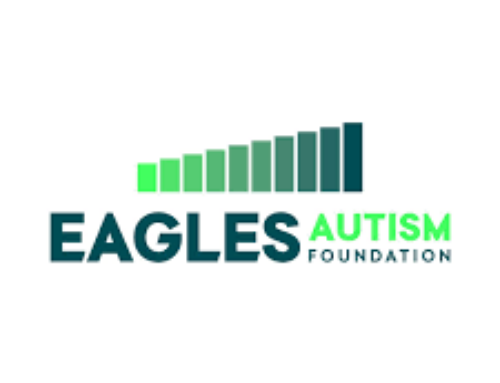They have officially run out of things to link to Autism!
I found this at the Daily Mail
Men who do not find the shape of the curvier woman most attractive could be more likely to father children with autism, according to a study.
Researchers showed 100 men with autistic children pictures of curvy women, women with athletic frames and more rounded women and found that they do not have a preference on which figure they find more attractive.
The new research from the University of Bath suggests that fathers of autistic children do not share the preference of men across the world for the curvier woman.
Studies show that the waist-to-hip ratio of 70 per cent is what the majority of men find most attractive because it correlates strongly with good health and fertility.
Women within this range tend to have optimal levels of oestrogen and are less susceptible to major diseases.
However women whose ratio shows their waist is bigger than their hips, or vice versa, tend to have higher levels of testosterone.
Testosterone encourages fat to deposit on the waist while oestrogen encourages fat to deposit on the hips.
Dr Mark Brosnan and Dr Ian Walker from the university’s Department of Psychology found that as a group the fathers of autistic children didn’t all go for the same figure as their most attractive choice.
Genetic influences and high-testosterone levels during a baby’s development in the womb have been linked to autism.
Dr Brosnan said he hopes the research will increase understanding of the causes of the condition.
‘Autism is widely regarded to have genetic origins which may combine with hormonal influences’, he said.
‘We wanted to investigate the mechanisms by which these genes come together in a parental pairing, whether it is by chance or if it could be due to different preferences in choosing a mate – so-called assortative mating.
‘This study raises some interesting questions about how the person we are attracted to could impact on our offspring.’
Dr Brosnan said they are now contacting mothers of autistic children to determine whether body shape is a factor in autism.
‘We’d like to include mothers to examine what body shapes both parents of children with autism perceive to be attractive.
‘The next phase will then be to assess the actual dimensions of parents of children with autism.’
The study is the first of its kind and is published this month in the Journal of Autism and Developmental Disorder.






